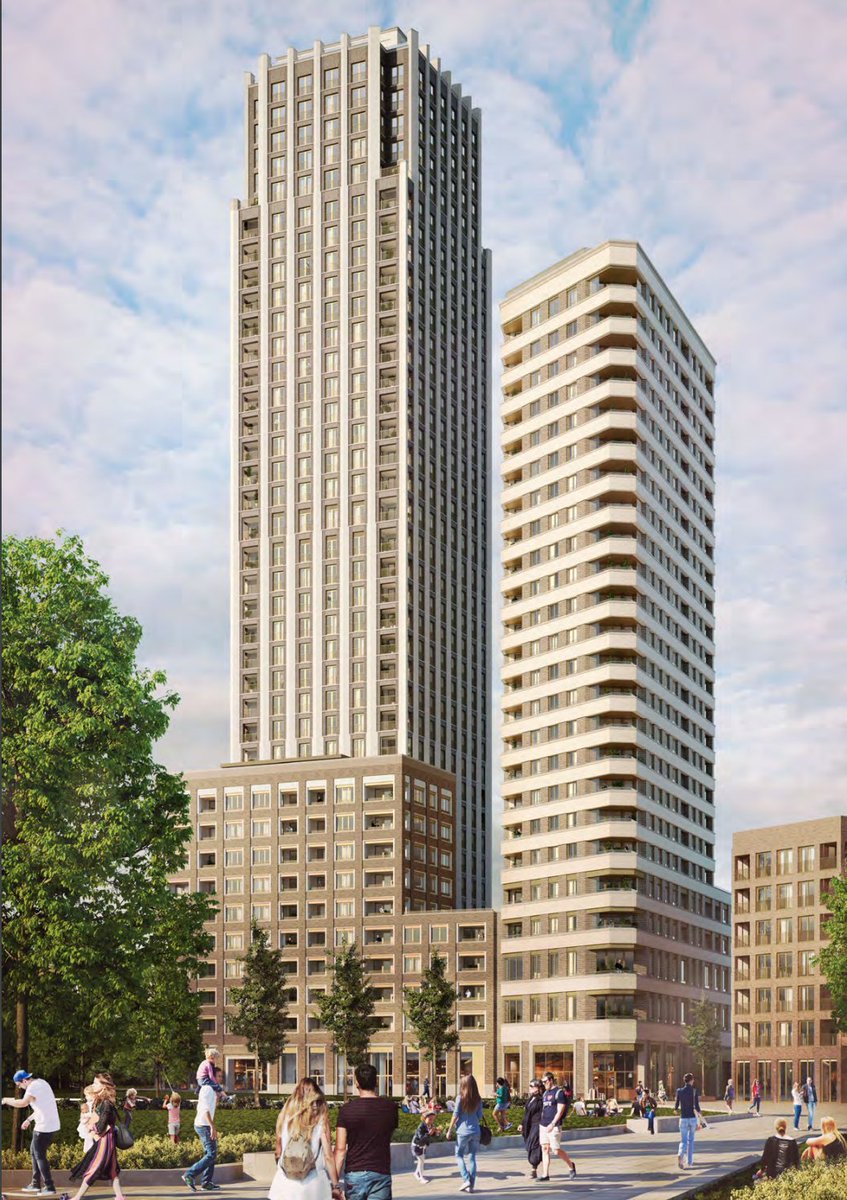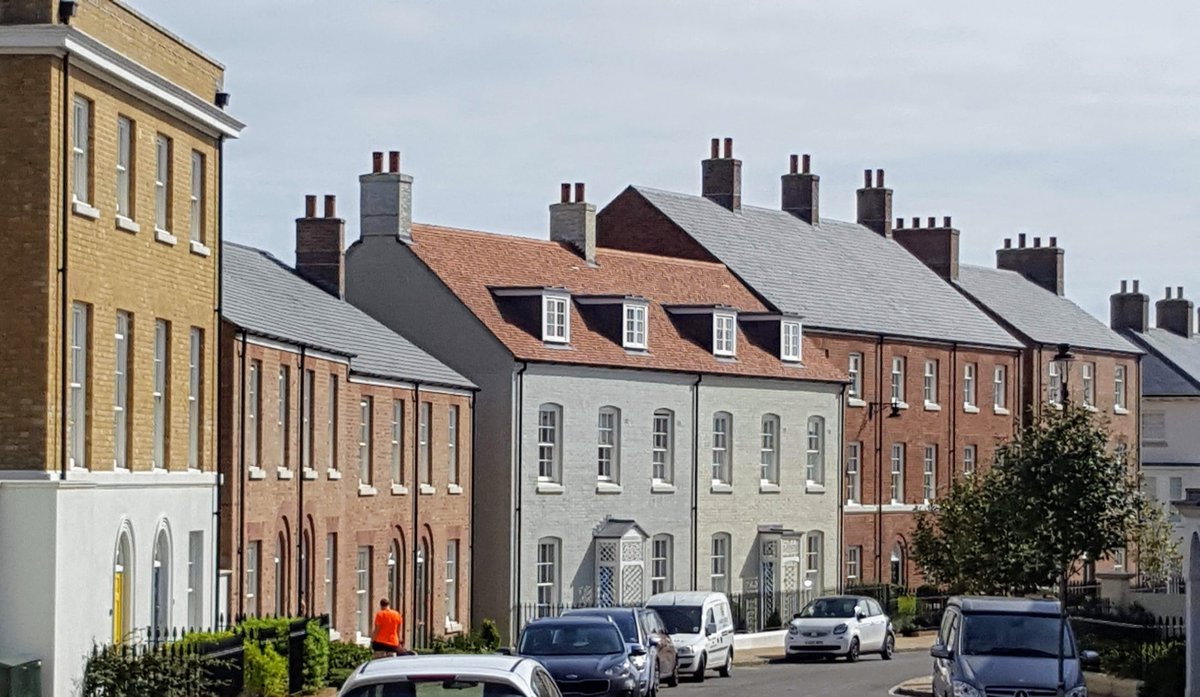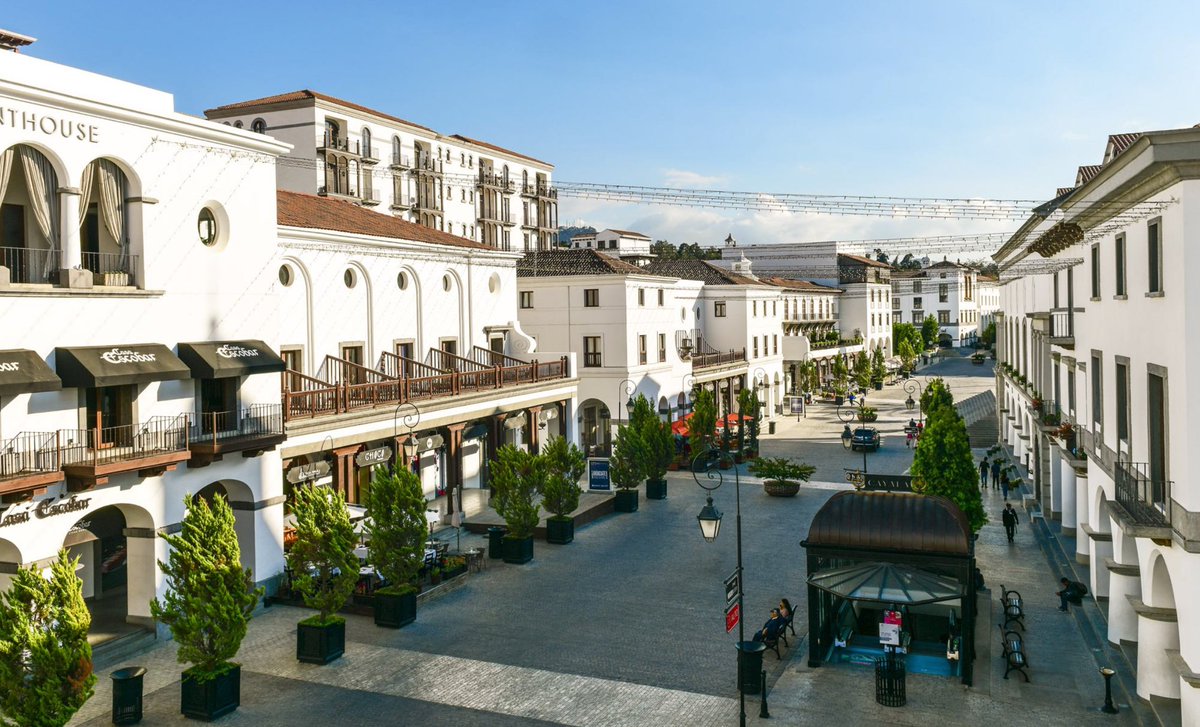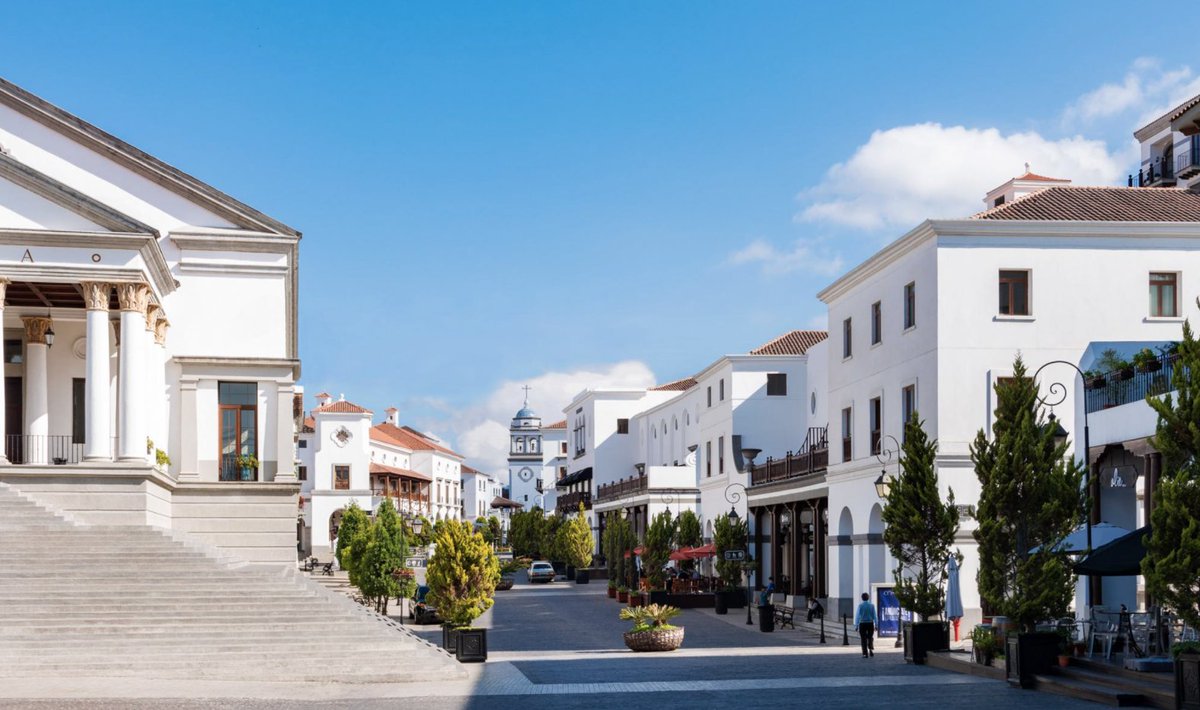
Unlike Americans, Europeans have no precedents for high-rise design before modernism. It is thus with great interest that I observe several recent attempts at a vernacular skyscraper. Here before-and-after at Blackfriars Circus, by the ever-interesting Maccreanor Lavington. 



Here Keybridge House, by Alliance and Morrison, and a proposed Maccreanor Lavington building on Old Kent Road. 



I stress that I do not give any of these buildings my unqualified support, either architecturally or (especially) urbanistically. Nevertheless, they deserve attention: the right policy is to nourish encouraging tendencies, rather than making blanket condemnations.
We may be too prone to ask whether one is for or against tall buildings; it usually depends on the tall building, and its surroundings.
Thanks to @ikeijeh for highlighting these examples, and for his excellent critical remarks on them in 'Designing London'.
Thanks to @ikeijeh for highlighting these examples, and for his excellent critical remarks on them in 'Designing London'.

• • •
Missing some Tweet in this thread? You can try to
force a refresh
































